Shunga: The Erotic Art of Japan That Blended Passion, Culture, and Rebellion
Shunga, Japan’s historical erotic art, is a vibrant blend of sensuality, storytelling, and resistance to censorship, created during the Edo period. This ancient art form continues to fascinate global audiences for its detailed expression of intimacy, cultural symbolism, and artistic value.
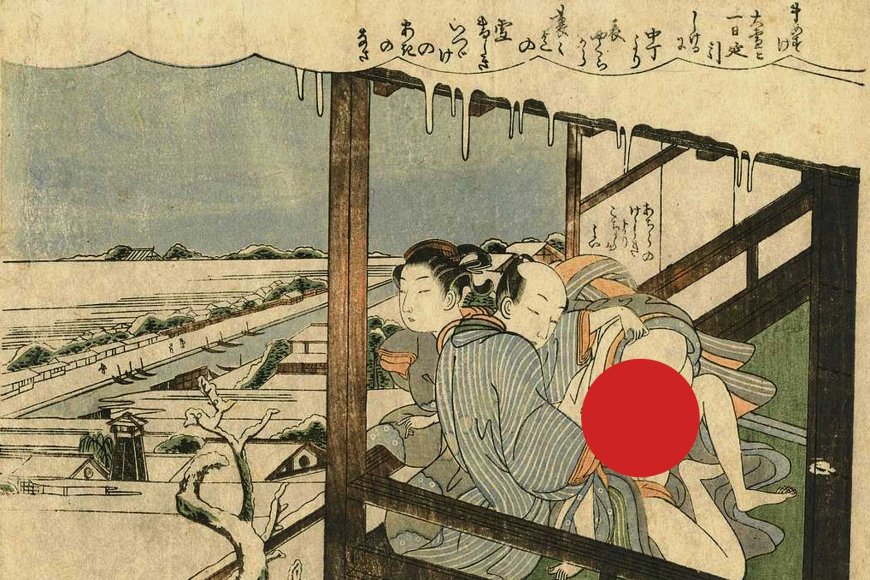
What is Shunga? – A Definition and Historical Overview
Shunga (春画), which literally means “spring pictures,” refers to traditional Japanese erotic artwork popularized during the Edo period (1603–1868). These explicit illustrations were most commonly made as woodblock prints and were often created by the same famous ukiyo-e artists who produced portraits of geishas, kabuki actors, and landscapes.
Despite their explicit content, Shunga was never just pornography. It was also a form of educational, humorous, and artistic expression. Many scholars believe Shunga was originally used by samurai, merchants, and commoners alike, often as part of wedding gifts to instruct couples or as talismans for safe childbirth and good fortune.
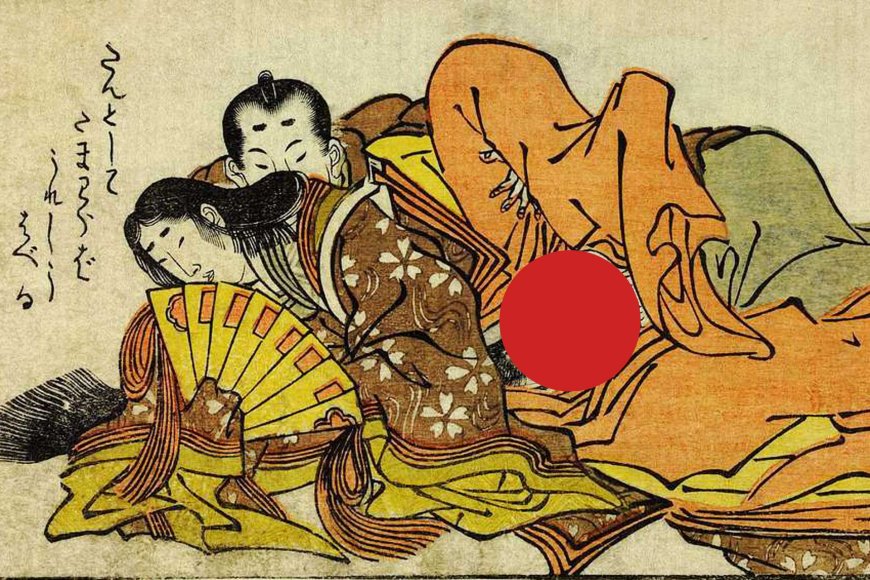
Origins in Ukiyo-e: Shunga and Japan’s Floating World
Shunga is closely tied to the ukiyo-e (浮世絵) or "pictures of the floating world" movement. These prints depicted everyday pleasures—tea houses, courtesans, actors—and Shunga was simply an extension of that, focusing on the erotic pleasures of life.
Artists like Katsushika Hokusai, Suzuki Harunobu, and Kitagawa Utamaro all dabbled in Shunga. One of the most famous Shunga artworks, “The Dream of the Fisherman’s Wife” by Hokusai (1814), depicts a woman in an intimate embrace with two octopuses—a piece often discussed for its surreal and taboo-breaking imagery.
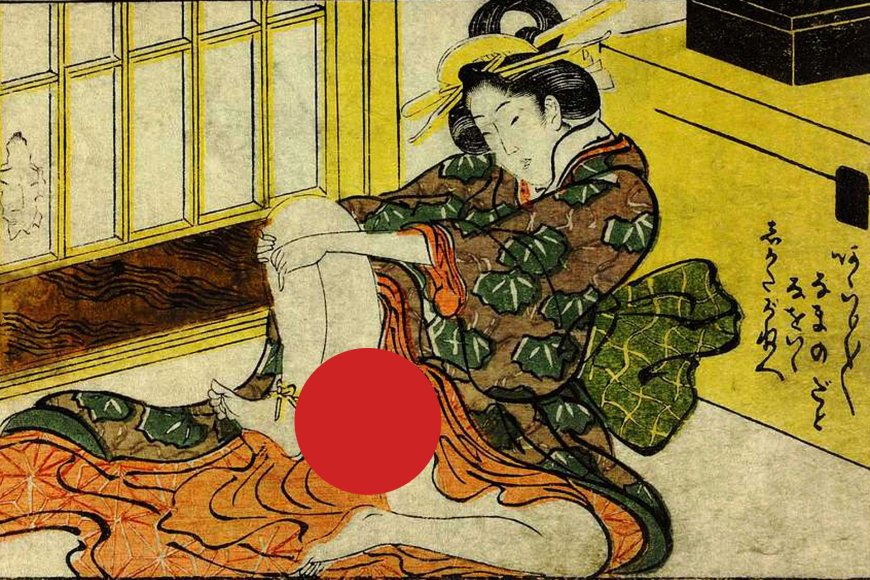
Cultural Role and Social Acceptance of Shunga in Edo Japan
Shunga wasn’t hidden or marginalized during the Edo period—it was widely available and socially accepted across different classes and genders. Both men and women collected Shunga, and its humorous tone often mocked social taboos and class hierarchies.
Unlike many modern societies that strictly separate art from pornography, Edo Japan viewed erotic art as part of normal life. It was even believed that Shunga could protect against misfortune. Travelers carried prints as lucky charms, while young brides received albums as marriage guidance.
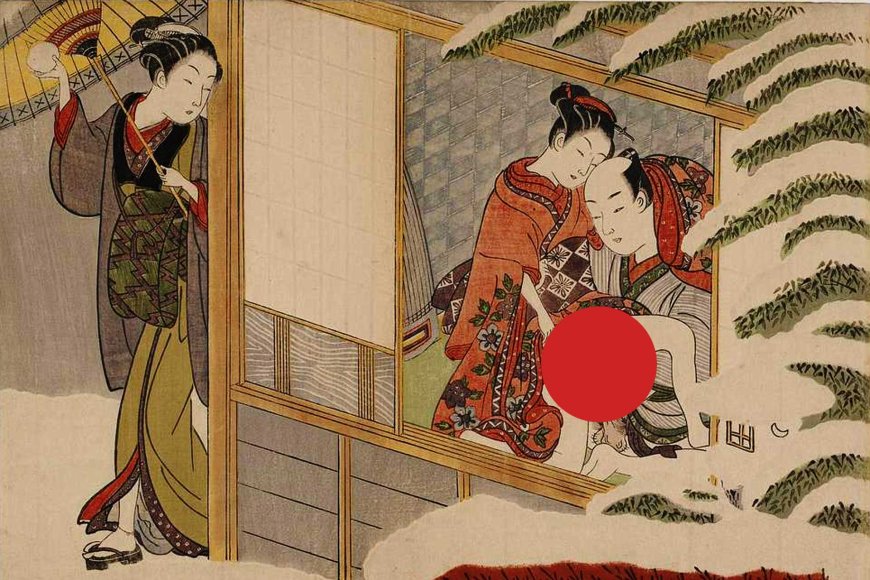
Techniques and Artistic Value of Shunga
Most Shunga works were produced using nishiki-e (brocade prints), a type of polychrome woodblock printing that allowed vibrant colors and intricate details. Artists paid close attention to:
- Anatomical exaggeration (especially of genitalia)
- Detailed kimono patterns
- Facial expressions
- Symbolic props such as cherry blossoms, seasons, and fans
Though erotic, Shunga's artistic value was undeniable. The prints often featured literary quotes, poetic references, and layered cultural meanings. In some cases, Shunga parodied historical figures or even Buddhist and Shinto deities, pushing social boundaries.
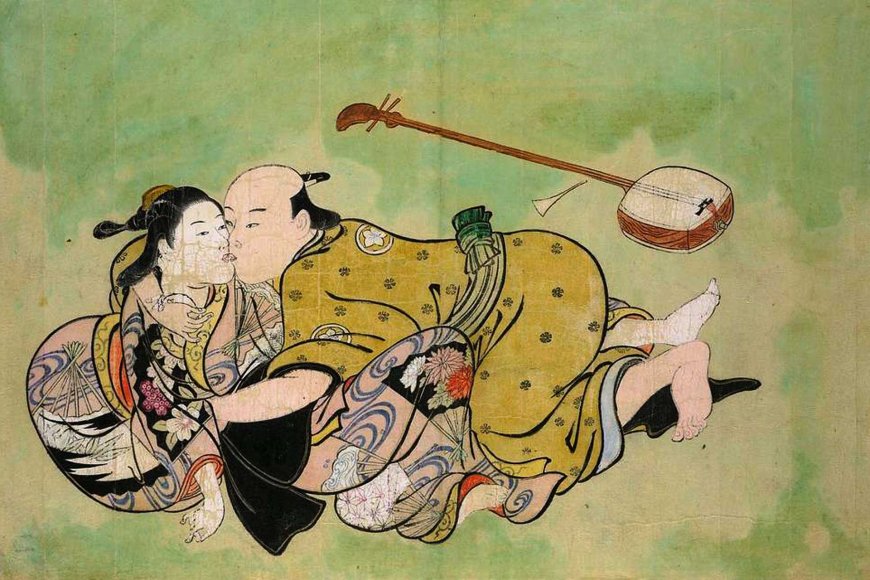
The Suppression and Censorship of Shunga
Despite its popularity, Shunga eventually faced periodic censorship. The Tokugawa Shogunate, aiming to promote moral order, issued bans on Shunga in the 18th and 19th centuries, though enforcement was inconsistent.
After Japan opened to the West during the Meiji Restoration (1868), Shunga became heavily suppressed. Western morals and modernization efforts labeled the artwork obscene, and many Shunga pieces were destroyed or hidden. Ironically, Western collectors began seeking them out, causing a revival of interest abroad even as they were banned at home.
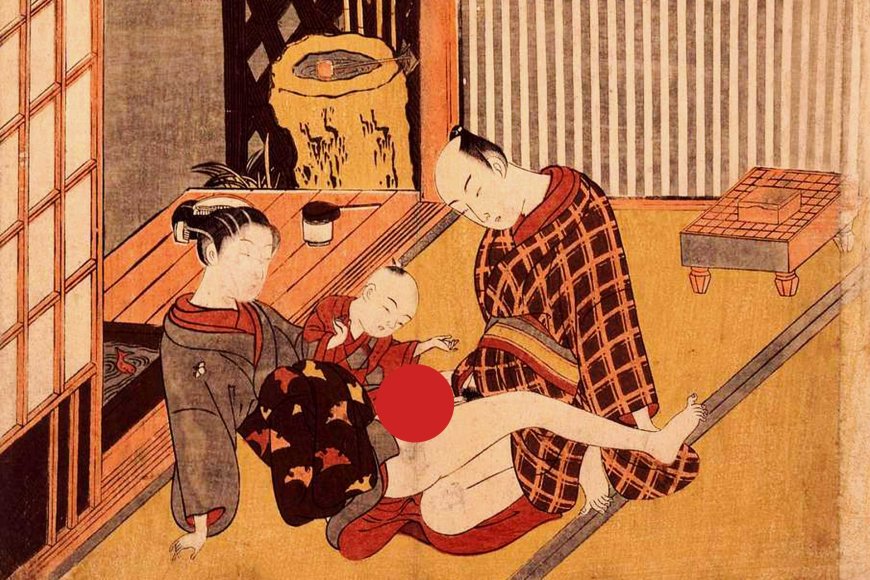
Shunga’s Global Revival and Modern Legacy
Today, Shunga is being re-evaluated and exhibited in global art institutions, including the British Museum and Tokyo’s historical archives. Modern scholars view Shunga as a critical lens into Japan’s cultural attitudes toward sex, gender, and artistic freedom.
Artists, manga creators, and designers are revisiting Shunga’s aesthetics, merging them with contemporary art forms. In Japan, while erotic content remains regulated, Shunga is finally getting recognition as part of the nation’s visual heritage.

Shunga’s Influence on Modern Art and Pop Culture
From manga to anime and Japanese design, Shunga’s bold, detailed visual language has influenced generations of artists. The exaggerated poses, close-ups, and storytelling style of Shunga laid a foundation for today’s adult manga (hentai) and even Western comic book erotica.
Contemporary artists like Toshio Saeki and Takashi Murakami have referenced Shunga motifs in their works. Even fashion and tattoo art in Japan borrow from Shunga’s kimonos, motifs, and mythological eroticism.

Shunga as a Mirror of Japanese Sensual Culture
Shunga is more than just erotic illustration—it is a mirror of a society’s openness, creativity, and contradictions. It reflects how Japanese people once viewed intimacy: not with shame, but with humor, poetry, and artistry.
In a time when global conversations about sexuality, censorship, and gender are evolving, Shunga invites us to rethink the relationship between art and eroticism, tradition and rebellion.
Nipino.com is committed to providing you with accurate and genuine content. Let us know your opinion by clicking HERE.




































































